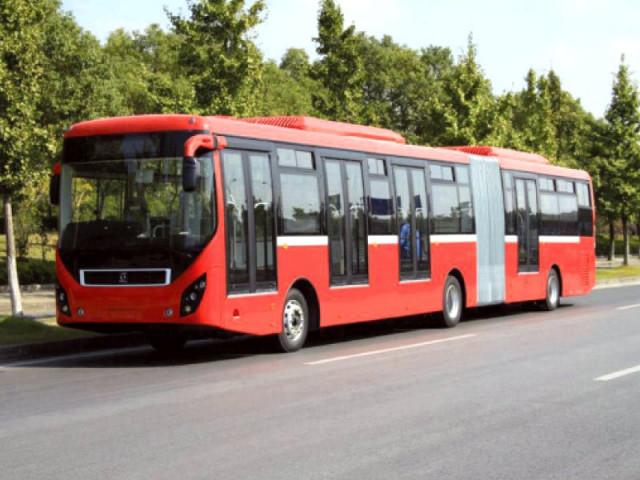
The federal government continues to happily accept terms heavily favouring Punjab during negotiations on the metro bus. After absorbing a larger share of construction cost and accepting a smaller share of total revenue, it has now agreed to pay a disproportionately large share of the subsidy of the service.
In a recent meeting, it was agreed that the federal government would foot a larger portion of the subsidy bill, as the contribution is based on track length in the respective jurisdictions. This is despite the fact that construction costs were shared equally, even though the elevated track in Rawalpindi cost significantly more.
Lahore Metro Bus service to be extended to Rachna Town
Meanwhile, though revenue sharing is based on ridership in the respective limits, the subsidy per rider would be disproportionate under the subsidy sharing formula.
Equitable arrangement?
A ten-month dispute over subsidy sharing would come to a close if the CDA puts pen to paper on the new proposal to share the annual subsidy of around Rs2.5 billion.
The development came following a meeting held at the Finance Ministry on March 31. Finance Minister Ishaq Dar was joined by the Punjab finance minister, CDA chairperson, and officials of the Punjab Metro Bus Authority (PMBA).
The meeting agreed that the total subsidy for the financial year 2015-2016, would be shared on the basis of track length — Punjab’s demand — rather than an even split, as was suggested by the federal government.
“After agreeing on the issue, PMBA sent a modified draft agreement to the CDA for signature,” read documents available with The Express Tribune.
The federal government has been asked to contribute Rs1.52 billion for the financial year 2015-2016.
Punjab would contribute just under Rs1 billion, even though the centre essentially subsidised construction and lets it keep more revenue.
The meeting at the finance ministry was held in the backdrop of a letter written by Punjab Chief Minister Shahbaz Sharif to Prime Minister Nawaz Sharif.
The service was inaugurated on June 4, 2015.
‘Controversial’ formula
The Rs44 billion spent on the project was shared equally by both the governments, but a Rs5 billion interchange at Peshawar Mor in Islamabad — required for the project — was completely financed by the federal government as it was curiously excluded from the original agreement.
The total track length is 8.6 kilometres in Rawalpindi and 13.9 kilometres in Islamabad.
An official ridership report for the first three-months shows that an average of 100,558 passengers use the service every day, with average ridership in Rawalpindi at 58,559, and Islamabad at 41,999.
Revenues earned through ticket sales are split on the basis of ridership, leaving Punjab with around 59 per cent of revenue to reflect the same percentage share it has of riders.
Agitation in twin cities: Metro Bus Service suffered Rs30m losses
PMBA Operations General Manager Muhammad Ozair Shah confirmed to The Express Tribune that a modified agreement incorporating the recently-agreed subsidy sharing formula had been sent to the CDA for approval on behalf of the federal government.
CDA Engineering Member Shahid Sohail said he did not have knowledge of the new proposal.
Published in The Express Tribune, April 18th, 2016.

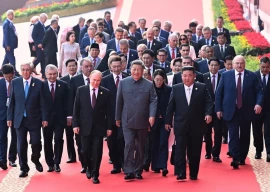
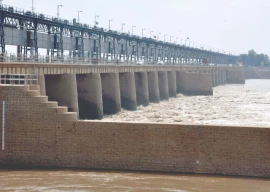
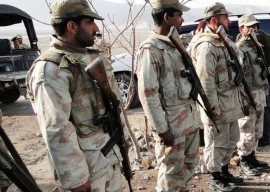
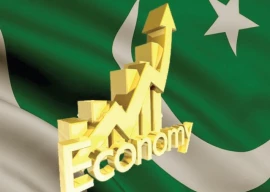
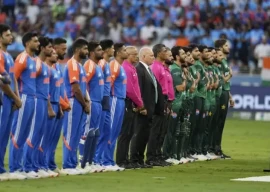

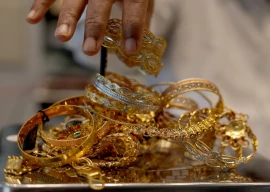
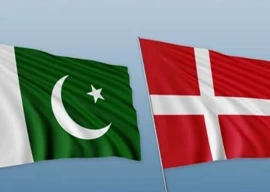

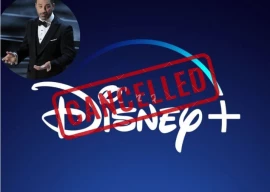

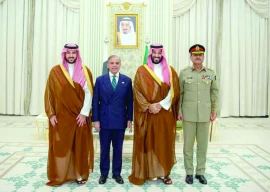







COMMENTS
Comments are moderated and generally will be posted if they are on-topic and not abusive.
For more information, please see our Comments FAQ